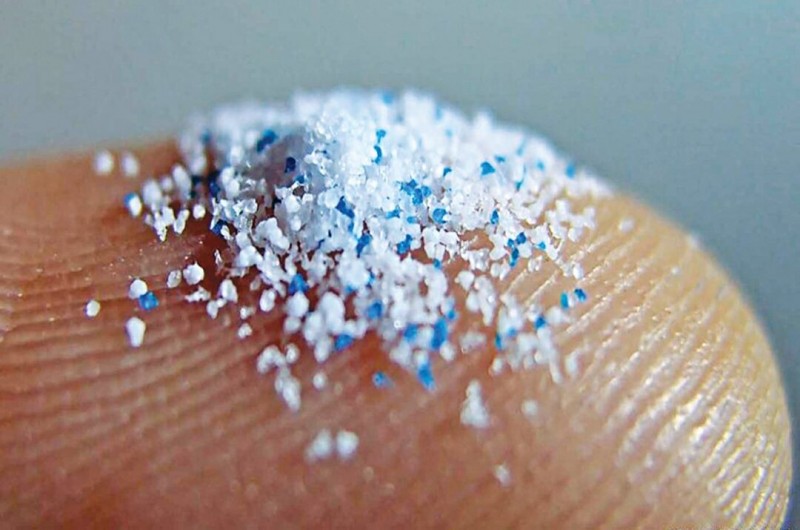
Microplastics have become a significant environmental concern in recent years. These tiny plastic particles, measuring less than 5mm in size, are polluting our oceans, rivers, and even the air we breathe. In this article, we will explore the various aspects of microplastic pollution and discuss potential solutions to counter this growing threat.
Before delving into solutions, it's essential to understand what microplastics are and how they end up in our environment.
Microplastics are minuscule plastic particles that can be categorized into two main types: primary and secondary.
Primary microplastics are intentionally manufactured as small particles for various purposes, such as microbeads in cosmetics, industrial abrasives, and microfibers in textiles.
Secondary microplastics are formed when larger plastic items break down into smaller fragments due to environmental factors like sunlight and wave action.
Microplastics have infiltrated almost every corner of our planet, from the depths of the ocean to remote mountain peaks. Here's a look at where they can be found.
The oceans have become a dumping ground for microplastics, posing a severe threat to marine life. These tiny particles are often mistaken for food by marine animals, leading to ingestion and potential harm.
Microplastics have made their way into the food chain, with studies showing their presence in seafood, salt, and even drinking water. This raises concerns about their impact on human health.
Microplastic pollution has far-reaching consequences for the environment. Let's explore the ecological and health impacts.
Now that we've examined the problem, let's explore potential solutions to counter microplastic pollution.
Microplastic pollution is a pressing global issue, but it's not one without solutions. By reducing plastic production, enhancing waste management, investing in cleanup technologies, and promoting consumer responsibility, we can take significant steps toward countering this environmental threat. It's our collective responsibility to protect our planet from the detrimental effects of microplastics.
The startling effects of extreme weather on your health
Is eating stale mouth beneficial or harmful? Learn from Health Expert
These are the reasons for pain while doing toilet, know the opinion of health expert